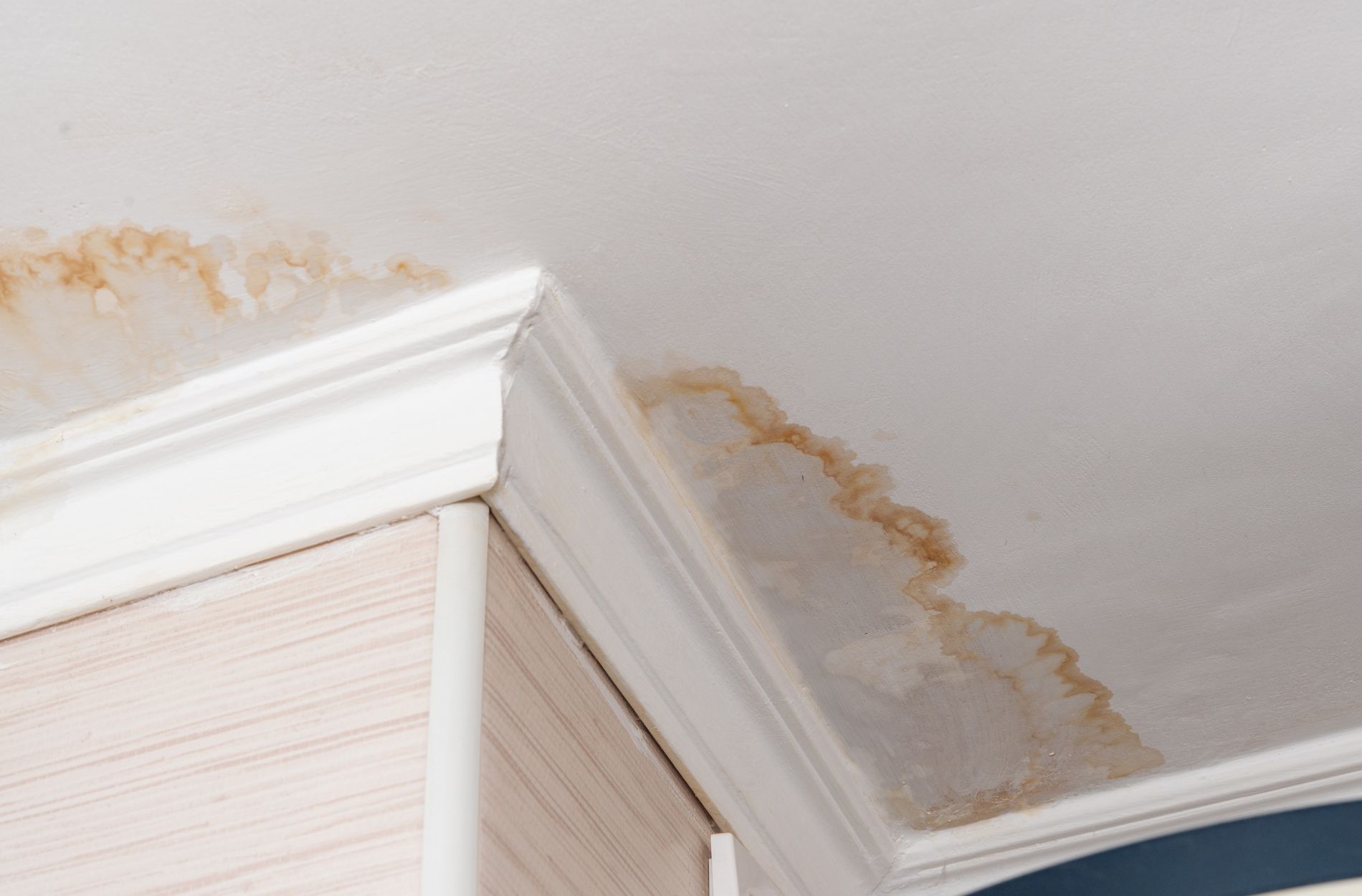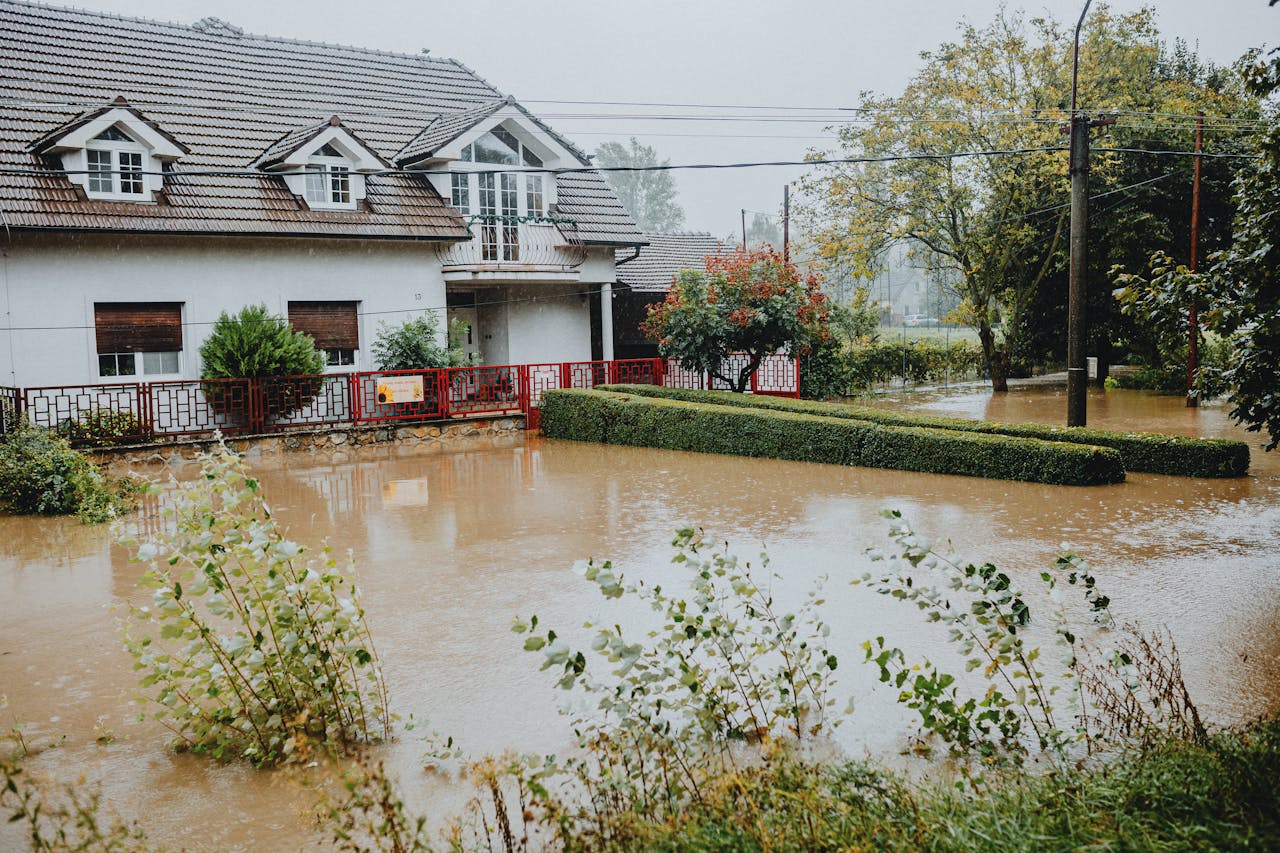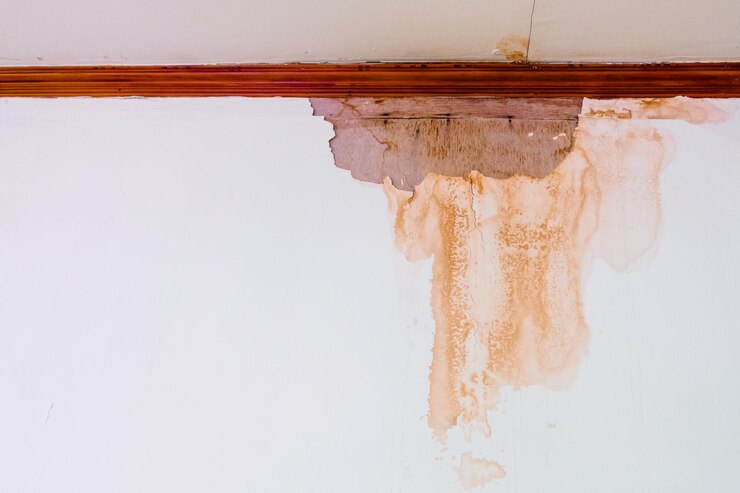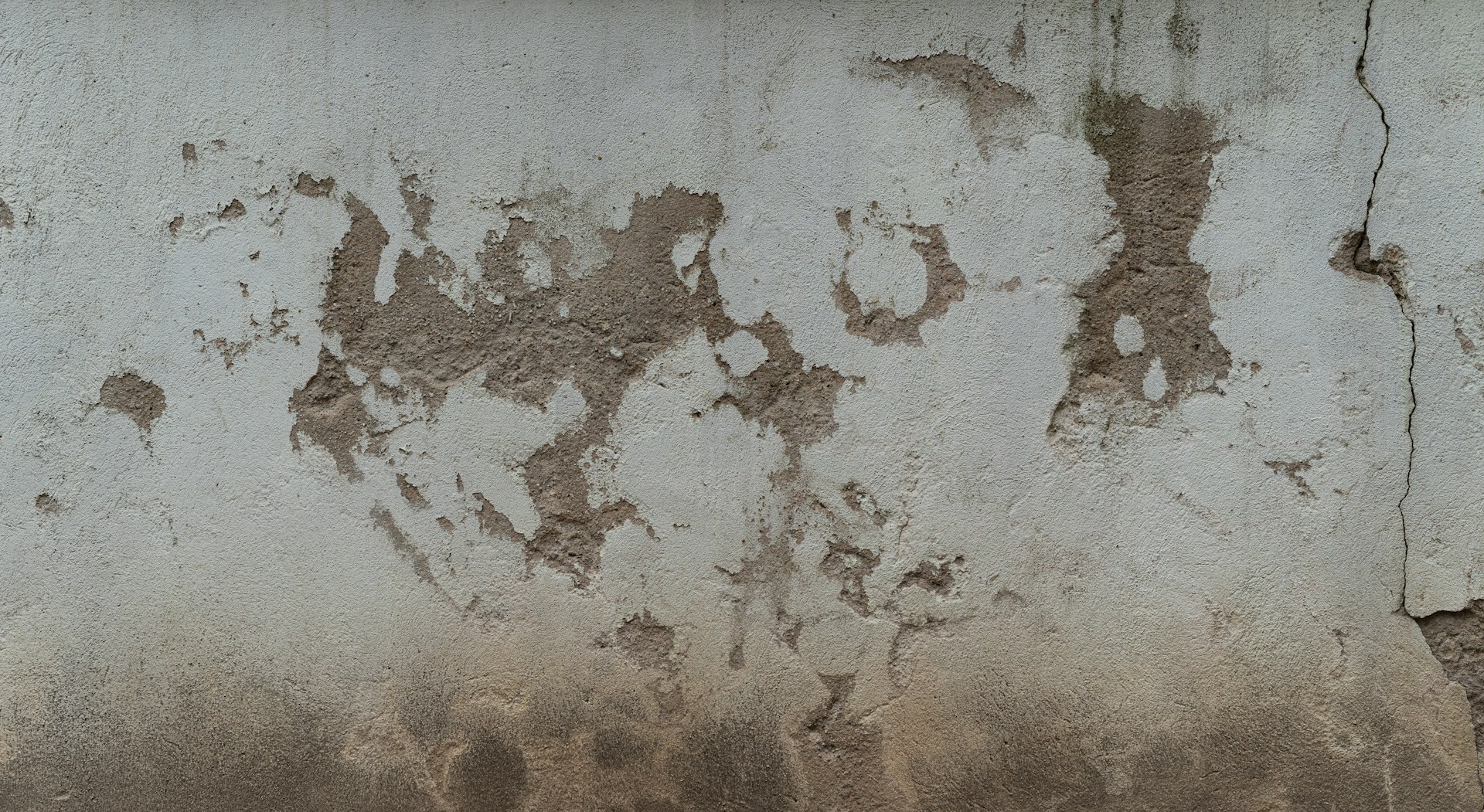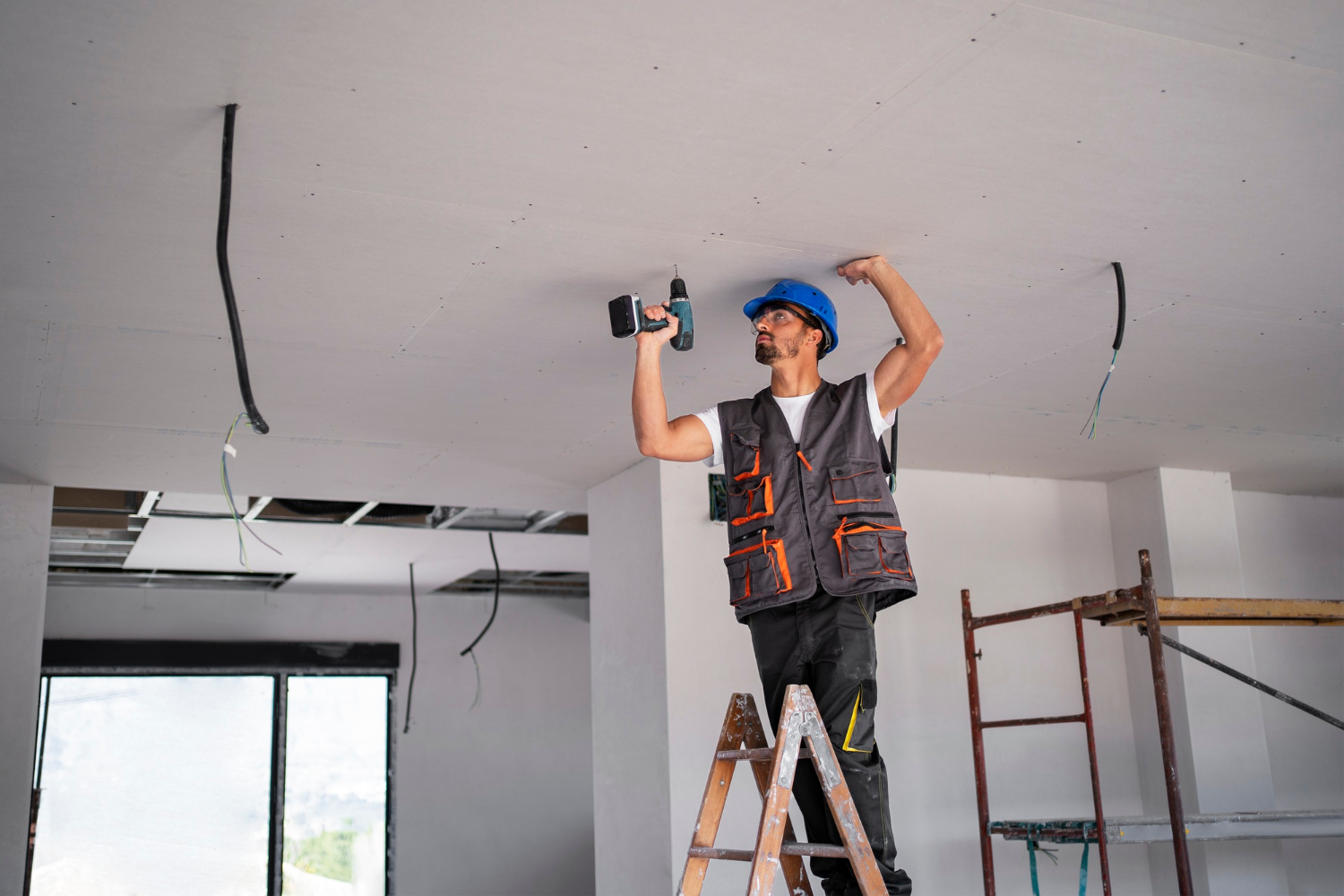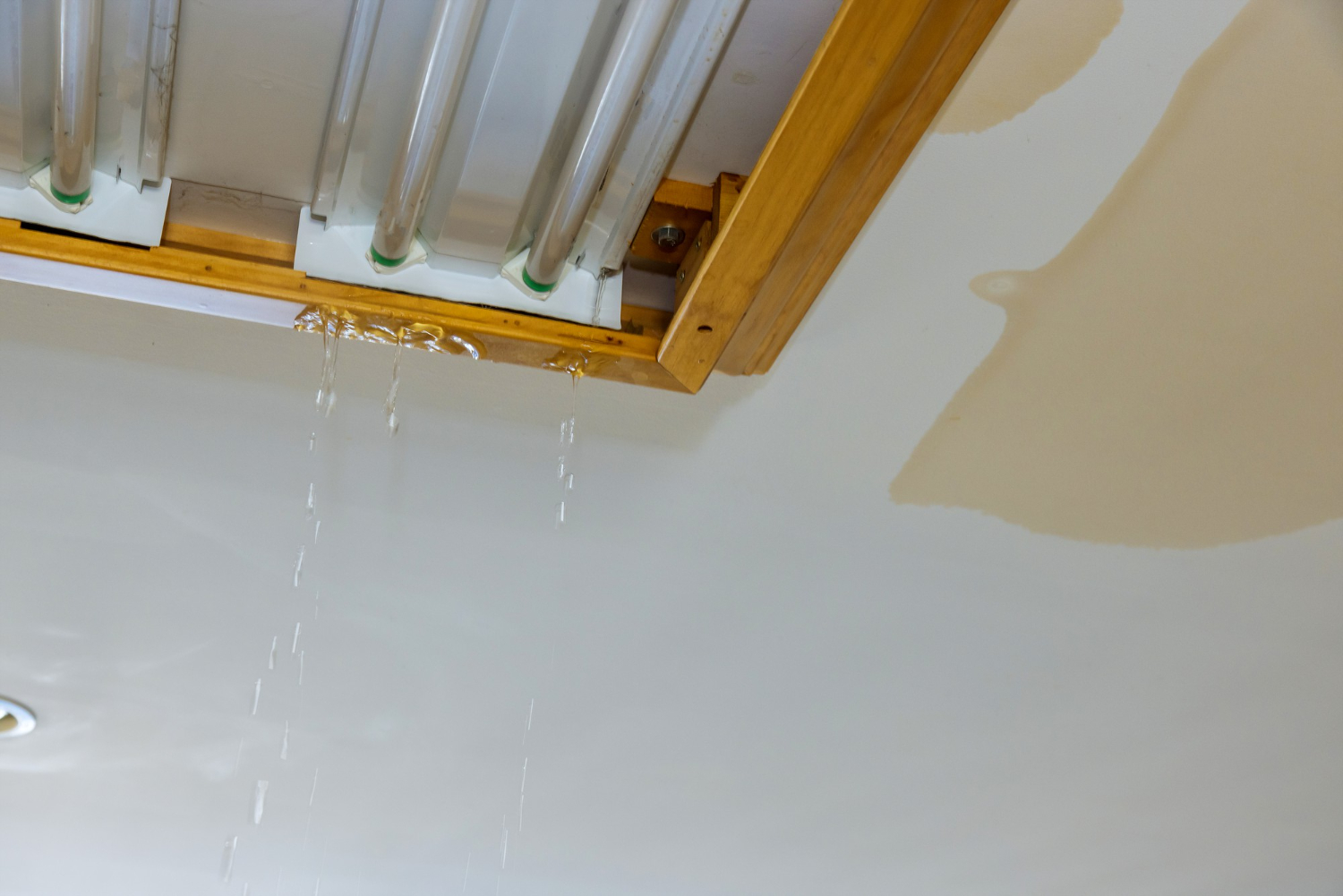Water damage can sneak up on homeowners, causing extensive issues if not detected early. It’s essential to identify the warning signs to prevent further damage and maintain a safe living environment. Ignoring these signs can lead to costly repairs and potential health risks.
One major indicator of water damage is visible water stains and discoloration on ceilings, walls, and floors. These stains can vary in color and size, signaling water intrusion. Additionally, structural damage such as bowed walls and sagging floors can be a clear sign that water has compromised the integrity of your home’s foundation. Mold growth and musty odors are another red flag, as mold thrives in damp environments and can lead to serious health problems if left untreated.
Visible Water Stains and Discoloration
Explanation of Common Areas Affected
Water stains and discoloration are strong signs that your home may need water damage restoration. These visible markers usually appear on ceilings, walls, and floors. Ceilings might develop brown or yellowish stains, often caused by leaks from roofs or upper-level plumbing. Walls can show streaks of discoloration, which indicate water has seeped through the paint and drywall. Floors, especially those made of wood, can display dark spots or patches, signaling that water has penetrated the surface.
How to Identify Different Types of Stains
Identifying different types of stains helps in understanding the severity of the water damage. Freshwater stains are usually light in color, turning darker over time. If the stain feels damp when touched, it suggests ongoing water intrusion. In contrast, older water stains often appear as darker, more well-defined marks. Mold growth around or within the stain indicates long-term moisture issues. Rust-colored stains typically point to pipe leaks involving metal components.
Why Ignoring Stains Can Lead to Bigger Problems
Ignoring water stains can result in more severe complications. Water stains are often the first visible sign of deeper issues like structural weakening or mold growth. If left unattended, these minor indicators can evolve into significant problems, including compromised structural integrity; weakened drywall or wood can lead to sagging ceilings or collapsing walls. Prolonged exposure to moisture also fosters the growth of mold, which can spread rapidly and pose health risks. Addressing these stains promptly ensures that you catch and rectify problems before they become unmanageable.
Structural Damage and Warping
Common Signs of Structural Damage
Structural damage from water can manifest in several ways. Bowed walls are often a sign that water has seeped into the structure, causing the material to bend or warp. Sagging floors might occur if the wooden subfloor has absorbed too much moisture and weakened. Cracks in the foundation, walls, or ceilings are red flags that water has penetrated deep, causing the structure to shift or settle unevenly. Doors and windows that suddenly become difficult to open or close might also indicate that frames have expanded or warped due to water exposure.
The Risks of Ignoring Structural Issues
Ignoring structural issues poses severe risks. Warped materials and structural weaknesses can compromise the safety and stability of your home. Over time, this neglect can lead to more extensive damage, requiring costly repairs. For instance, a small crack in the foundation can expand, causing more significant shifts and further cracking in walls and floors. Ignored water damage can deteriorate building materials, eventually leading to partial or complete structural failure. By addressing structural damage promptly, you protect your home and ensure a secure living environment.
Persistent Mold Growth and Musty Odors
Identifying Mold Hotspots in Your Home
Mold loves damp, dark places, so it’s important to regularly check these hotspots. Basements, attics, and bathrooms are common areas where mold can grow. Pay close attention to areas around showers, sinks, and windows where condensation builds up. Also, inspect areas that have experienced recent flooding or leaks, as these are prime spots for mold growth.
Health Risks Associated with Mold Exposure
Mold isn’t just unsightly; it poses serious health risks. Exposure to mold can cause respiratory problems, allergic reactions, and even asthma attacks. Symptoms include coughing, sneezing, itchy eyes, and skin rashes. Long-term exposure can lead to more severe health issues, especially for people with weakened immune systems.
Steps to Handle Mold Safely
Handling mold requires careful steps to ensure safety. Wear protective gloves, masks, and eyewear when cleaning moldy areas. Use a mixture of water and detergent to scrub affected surfaces, or opt for a commercial mold cleaner. Ensure proper ventilation by opening windows and using fans. For extensive mold infestations, it’s best to call professionals to handle removal safely and effectively.
Increased Water Bills and Utility Problems
How to Monitor Your Water Bill for Unusual Spikes
Watching your water bill can help identify hidden water problems. Compare your current bill to previous months. A sudden increase might indicate a leak somewhere in your home. Track your usage to see if the spike is due to any changes in your habits. If your usage appears normal, but the bill is higher, it could mean there’s a hidden issue.
Checking for Hidden Leaks and Utility Issues
If you suspect a leak, start by checking common problem areas. Inspect under sinks, around toilets, and near water heaters. Look for wet spots or pooling water. Feel the walls and floors for any dampness, and listen for sounds of dripping or running water when taps are off. Sometimes, leaks are hard to find and may require professional inspection.
When to Consult a Professional for a Thorough Inspection
If you can’t find the source of the water problem, it’s time to consult a professional. Experts can use specialized tools to detect hidden leaks and assess any water damage. They can also provide guidance on the best steps to take to repair the damage and prevent future problems. Calling a professional can save you time and money and the hassle of dealing with unresolved issues.
Conclusion
Recognizing the top signs that your Monterey home needs water damage restoration can help you address problems before they become more serious. Early detection is key to maintaining a healthy and safe home, whether it’s persistent mold growth, increasing water bills, visible water stains, or structural damage.
If you notice any of these signs or suspect water damage in your home, don’t wait. Contact All Around Home Solutions today for expert water damage restoration services in Monterey. Our team is ready to help restore your home to its best condition.


